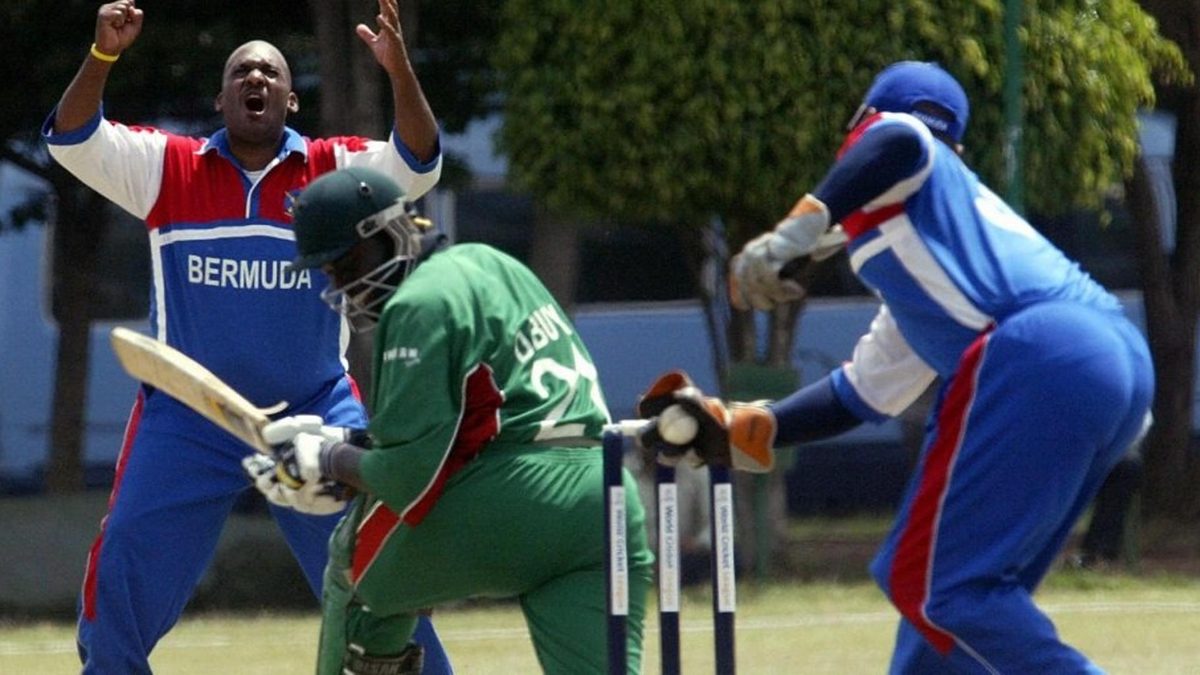
Every edition of the T20 World Cup has had a Qualifier, but none as bizarre as the Qualifiers for the 2007 World T20, writes Abhishek Mukherjee.
The current format of the T20 World Cup has drawn criticism from many quarters, and you can see why. After qualifying for the tournament, eight teams have to go through the First Round – essentially a second set of Qualifiers – to play the top eight. While cruel, even that seems sensible when pitted against the 2007 Qualifiers.
To be fair to the ICC, at that point very few could predict how important cricket’s shortest format would be. T20 cricket had been around since 2003, but some teams had been slow to embrace it. These included India, who had initially been reluctant to send a team to the 2007 edition. They would probably have stuck to their decision had there not been fears over their hosting rights of the 2011 World Cup.
Incidentally, Niranjan Shah, the BCCI secretary, had famously asked “What is Twenty20? Why not Ten10 or One1?” at the ICC meeting. In just over a year’s time, the BCCI would launch the most expensive T20 league, where tied matches would be decided by, er, a ‘One1’. ‘Ten10’ took its time, but it seems to be here to stay.
The ICC were themselves not sure of what to do with T20 cricket. Initially reluctant to call the tournament a “World Cup”, they preferred “World T20”. The commentators would often abbreviate it to “World TT” on air.
Nevertheless, with ten Full Members lined up, the tournament seemed to get underway. The two remaining slots would be filled from the ICC World Cricket League Division One, played in January 2007 in Kenya.
The World Cricket League – now sadly defunct – was an excellent attempt by the ICC to make the Associate Nations play more often and to help them rise through the ranks. The prize money for both finalists – USD 250,000 – was substantial, given that the ICC paid the Associate Nations USD 200,000 per year.
The tournament featured six teams, all of whom would also play in the 2007 World Cup. Hosts Kenya had made it to the semi-finals fifty-over World Cup in 2003. In the same edition, Canada had beaten Bangladesh, a Full Member. They were joined by Ireland, who would beat both Pakistan and Bangladesh and tie with Zimbabwe at the 2007 World Cup; the Netherlands and Scotland, both of whom had played at the 50-over World Cup; and Bermuda.
It was set to be the perfect Qualifier for the big tournament – except for one bit. It was played in 50-over format.
The whys and hows of these remain largely unknown, but it was what it was. The ICC were perhaps comfortable with clubbing the two limited-overs formats together.
Kenya, however, switched to T20 mode at the earliest. After bowling out Bermuda for 133 in the tournament opener, they chased down the target in 18.1 overs. The rain-affected seventh match – where Canada put up 162/8 in 21 overs and bowled out Bermuda for 106 – was a close approximation of T20 cricket, but that was about it.
All said and done, it was a hard-fought tournament where every team won at least once and lost at least once. With four wins each, Kenya and Scotland made it to the main tournament (there was no final). Scotland even earned a point out of a washout against eventual champions India, but Kenya were bowled out for 73 and 88 in two one-sided matches.
By the next edition, in England in 2009, the IPL had been launched. This time the Qualifiers were in T20 format, complete with semi-finals, a final and – since three teams qualified – a Third Place decider, for Zimbabwe had pulled out.








